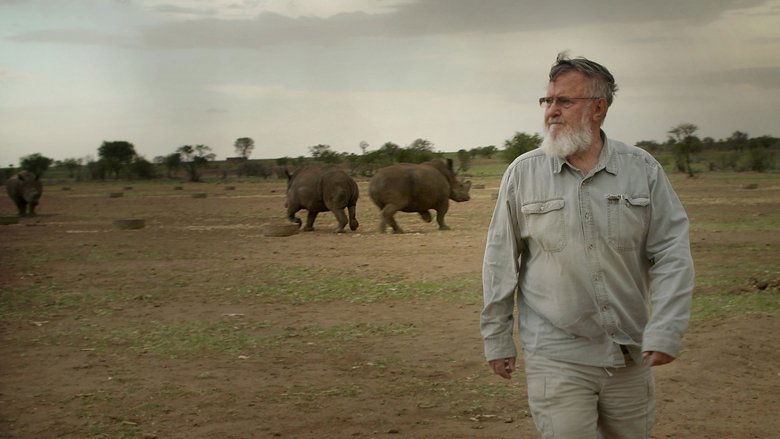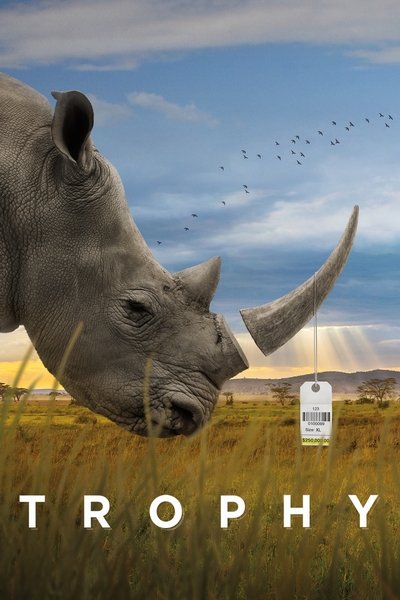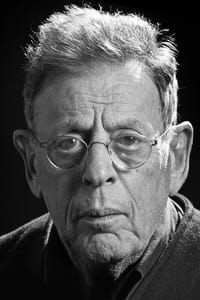Trophy
Genres
Documentary
OverView
This in-depth look into the powerhouse industries of big-game hunting, breeding and wildlife conservation in the U.S. and Africa unravels the complex consequences of treating animals as commodities.
Others
Budget
$--
Revenue
$22553
Status
Released
Original Language
English
Runtime
108 mins
Rating
7.1/10
Release Date
20 January 2017
Country
Qatar



